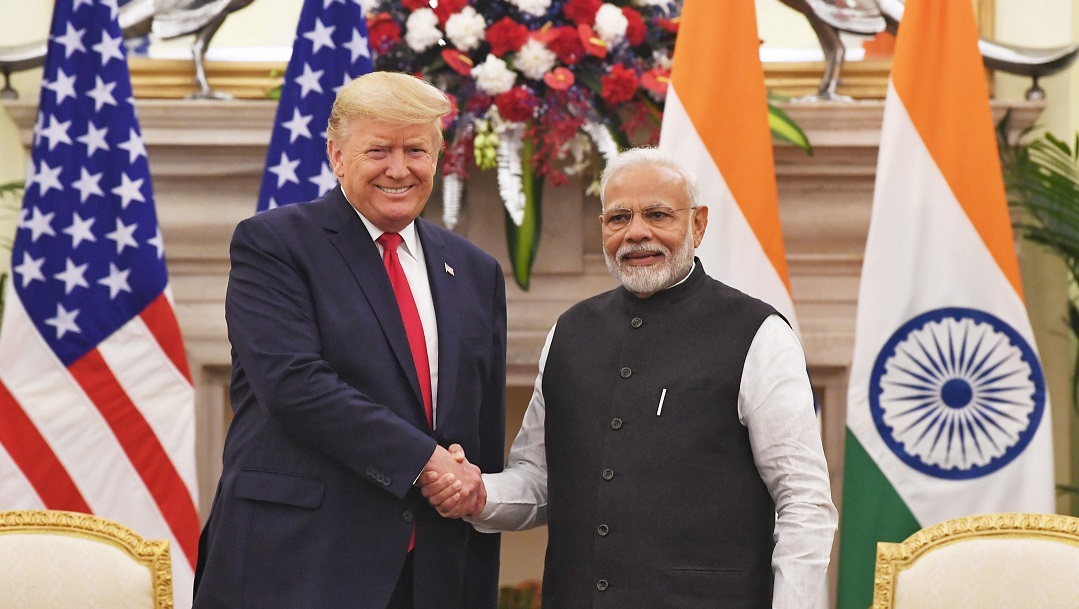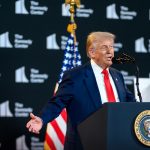
Trump Eases Auto Tariffs, Eyes India Trade Deal
On April 29, 2025, President Donald Trump announced a temporary easing of auto tariffs, granting U.S. automakers a two-year window to increase the domestic content in vehicles assembled within the country. This move aims to alleviate the immediate impact of the 25% tariffs on imported vehicles and parts, which were set to take effect imminently.
Under the new policy, manufacturers can offset tariffs for imported auto parts used in U.S.-assembled vehicles, equating to 3.75% of the vehicle’s Manufacturer’s Suggested Retail Price (MSRP) through April 2026, and 2.5% through April 2027.
This adjustment comes amid concerns from industry leaders about the potential disruption to the North American automotive supply chain, which is deeply integrated across the U.S., Canada, and Mexico. The administration’s decision offers a reprieve as companies invest in enhancing U.S. production capabilities.
India Trade Deal
President Trump expressed optimism about reaching a trade agreement with India, stating, “India is coming along great. I think we’ll have a deal with India.”
The U.S. and India have been engaged in negotiations to address trade imbalances and tariff disputes. In February 2025, Indian Prime Minister Narendra Modi visited the White House to discuss reducing tariffs and advancing a deal aimed at doubling bilateral trade to $500 billion by 2030.
India has taken steps to address U.S. concerns, including reducing tariffs on certain products and offering to increase imports of U.S. energy and defense equipment. Discussions are ongoing to finalize a mutually beneficial trade agreement.
US-India Trade
The U.S.-India trade relationship has faced challenges due to tariff disparities. India’s trade-weighted average tariff stands at 12%, compared to the U.S.’s 2.2%, leading to a significant trade deficit.
Analysts estimate that reciprocal tariff measures could have substantial economic impacts on India, potentially affecting 87% of its exports to the U.S. In response, India has signaled willingness to negotiate and has refrained from imposing retaliatory tariffs.
As negotiations progress, both nations aim to resolve trade disputes and strengthen economic ties, with the goal of finalizing a comprehensive trade agreement in the near future.


















